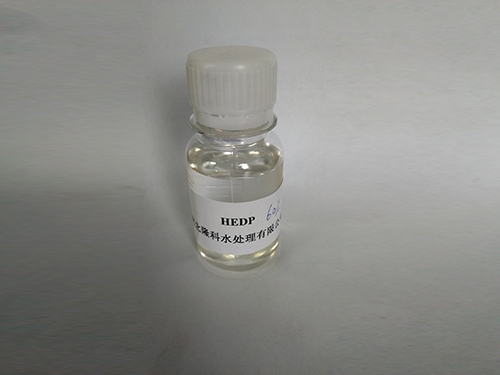what is poly aluminium chloride
What is Poly Aluminium Chloride?
Poly Aluminium Chloride (PAC) is a widely used chemical compound in various industrial and municipal applications, especially in water treatment. It is a coagulant that improves the efficiency of sedimentation and filtration processes. Evolving from the polymerization of Aluminium Chloride, PAC has become increasingly popular due to its high efficacy, low toxicity, and economic viability.
Composition and Structure
PAC is an inorganic polymer that comprises aluminium (Al) and chloride (Cl) ions. Its general formula can be represented as Aln(OH)mCl(3n-m), where 'n' defines the degree of polymerization. This structure imparts a range of charge densities and molecular weights, which can be customized according to specific applications. The polymer structure allows PAC to form larger flocs when reacting with suspended particles in water, making filtration processes more efficient.
Mechanism of Action
The primary function of PAC is its role as a coagulant. In water treatment, it interacts with negatively charged particles, such as dirt, organic matter, and microorganisms. When PAC is added to raw water, it dissociates and releases aluminium ions that neutralize the charges of suspended impurities. This results in the agglomeration of these particles into larger clusters (flocs), which can be easily removed by sedimentation or filtration. The process also reduces turbidity and improves water quality.
Advantages of PAC over Traditional Coagulants
PAC is often compared to traditional coagulants like Aluminium Sulfate (alum) because of its superior performance. Here are some advantages of using PAC
1. Higher Efficiency PAC works effectively over a broader pH range and at lower dosages compared to alum. This leads to reduced chemical costs and lower residual aluminium in treated water.
2. Better Sludge Management The larger flocs formed with PAC result in less sludge production and easier handling during the wastewater treatment process.
3. Rapid Settling PAC facilitates faster floc formation, leading to quicker settling times in clarification processes. This is particularly beneficial in both municipal and industrial wastewater treatment applications.
what is poly aluminium chloride

Applications of Poly Aluminium Chloride
PAC is used in a variety of applications beyond water treatment, showcasing its versatility
1. Potable Water Treatment Municipal water treatment plants frequently utilize PAC to ensure drinking water meets the required safety and quality standards.
2. Wastewater Treatment Industrial and municipal wastewater often contains various contaminants. PAC is used to remove suspended solids, phosphates, and bacteria from treated effluents.
3. Paper Industry PAC is employed in the paper manufacturing process as a retention aid and coagulant to improve the quality and efficiency of paper products.
4. Cosmetics and Personal Care Products The compound can also be found in certain cosmetic formulations, where it serves as a stabilizing agent.
5. Food Industry In some cases, PAC is used as a food additive to improve texture and stability in food products.
Environmental Considerations
Despite its advantages, the use of PAC does pose some environmental considerations. The aluminium content means that care must be taken to manage residuals effectively, as excessive aluminium can be harmful to aquatic life. Consequently, monitoring and regulatory practices are essential to ensure that treated water is safe for release back into the environment.
Conclusion
Poly Aluminium Chloride (PAC) is an innovative and efficient coagulant with diverse applications across water treatment, industrial processes, and even cosmetics. Its ability to function effectively under a variety of conditions and its advantages over traditional coagulants make it a popular choice among industries worldwide. As we continue to develop and apply advanced treatment methods, PAC will likely play a significant role in promoting cleaner and safer water, contributing to public health and environmental sustainability. Understanding its properties and applications is essential for those involved in water treatment and related industries.
-
Pbtc Scale InhibitorPBTC: A Scale Protector for Industrial Water TreatmentNewsAug.05,2025
-
Organic Phosphonate: An Efficient Defender in the Field of Scale InhibitionNewsAug.05,2025
-
Hydrolyzed Polymaleic Anhydride: Green Pioneer in Scale Inhibition FieldNewsAug.05,2025
-
PAPEMP Polyamino Polyether Methylene Phosphonic Acid For SaleNewsAug.05,2025
-
Flocculant Water Treatment: A Pioneer in Purification in the Field of Water TreatmentNewsAug.05,2025
-
Benzyl Isothiazolinone: An Efficient and Broad-Spectrum Antibacterial Protective GuardNewsAug.05,2025





